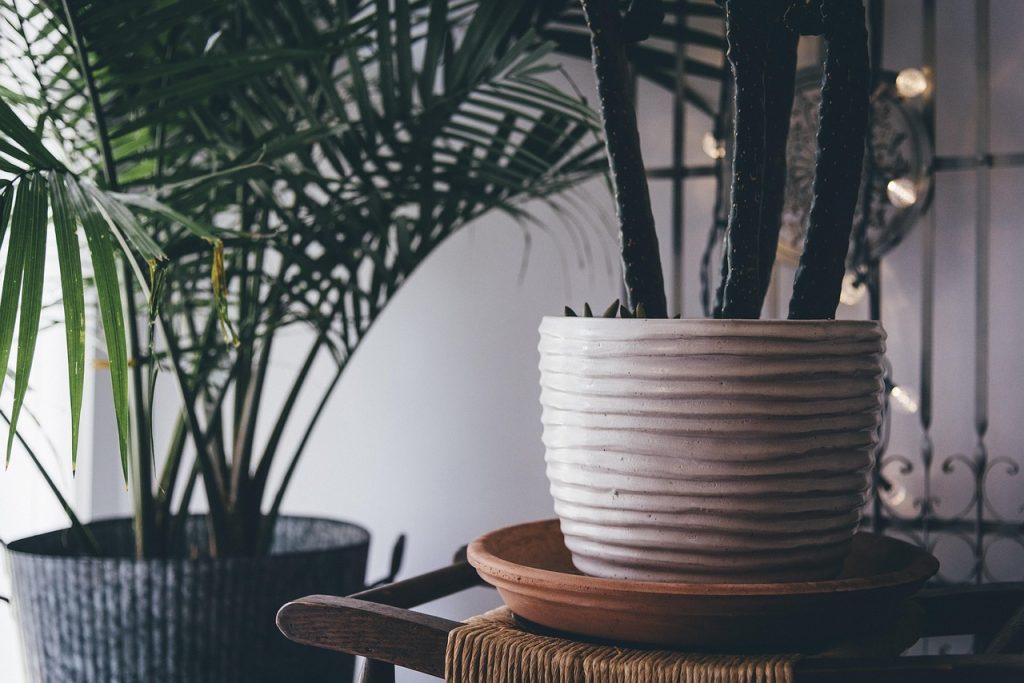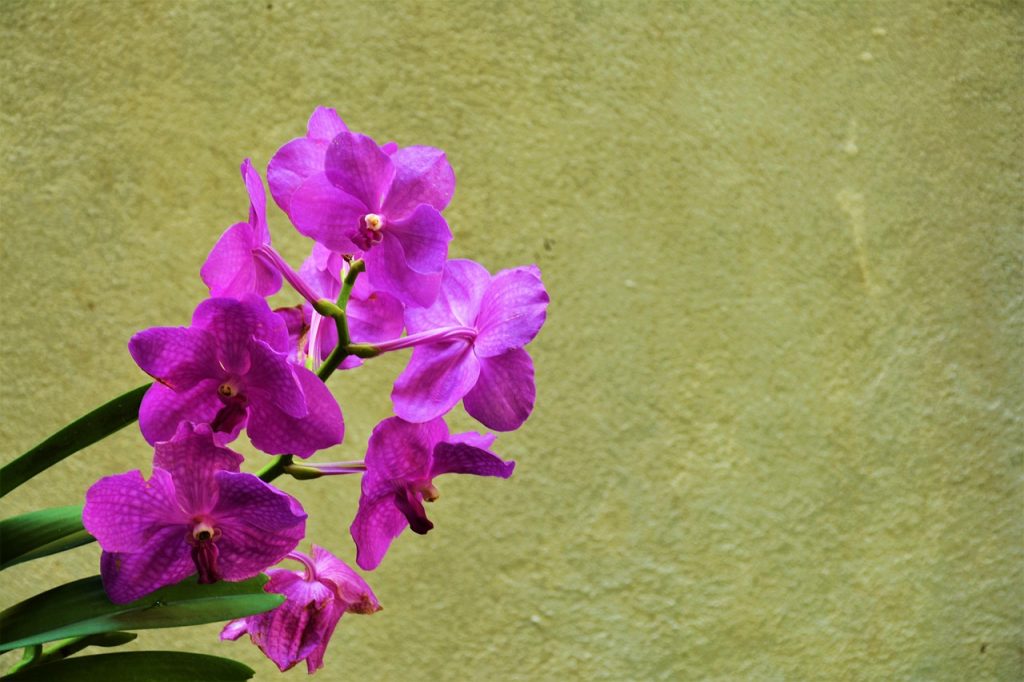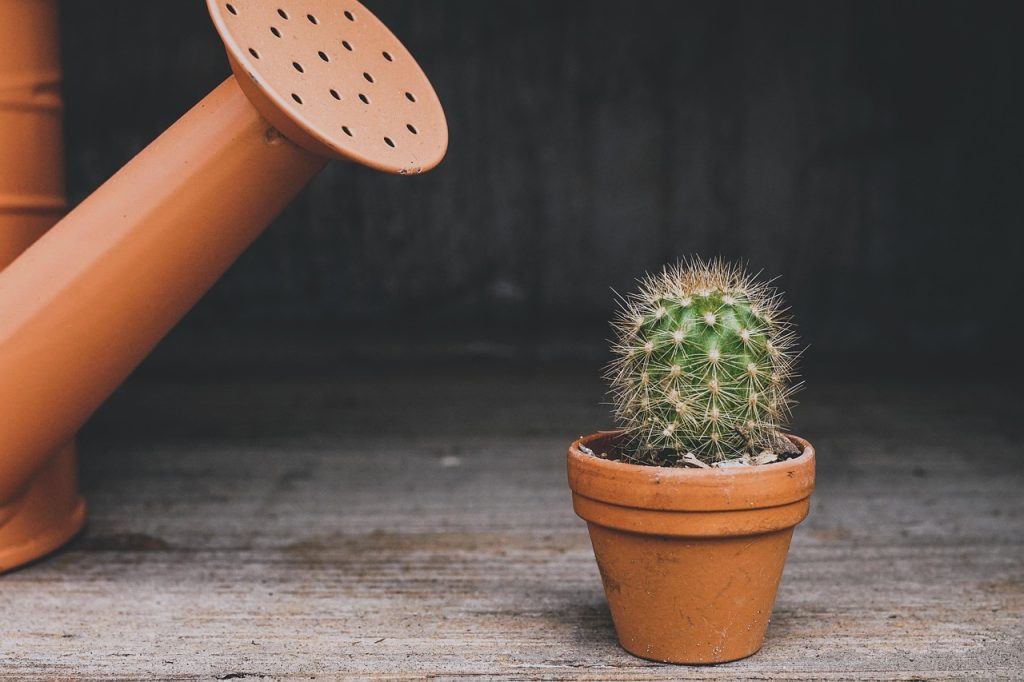Welcome to the lush world of indoor plants! Whether you’re a seasoned gardener or a newbie looking to greenify your space, indoor plants offer a slice of nature right inside your home. Not only do these green companions beautify your surroundings, but they also boost your mood, improve air quality, and create a calming and relaxing environment. In this extensive guide, we’ll explore everything from choosing the right plants for your space to caring for them like a pro. Let’s embark on this green journey together and transform your home into a vibrant oasis!
Choosing the Right Indoor Plants for Your Home
Finding the perfect plant for your indoor environment is key to becoming a successful plant parent. Here’s how you can select the best plants according to your living conditions, aesthetic preferences, and lifestyle:

Assess Your Space
Consider the amount of light your home gets, as this is crucial for your plants’ health. Different plants require varying light levels, ranging from low to bright indirect light. Evaluate the light availability in the areas where you’d like to place your plants, and choose species that will thrive in those conditions.
Understand Your Commitment Level
Are you looking for a low-maintenance plant, or do you revel in the ritual of daily care? Succulents, snake plants, and ZZ plants require minimal attention and are ideal for busy individuals or frequent travelers. On the other hand, if you enjoy more involved care, ferns, calatheas, and orchids can be rewarding choices.
Consider Plant Benefits
Beyond aesthetics, some plants are particularly known for their health benefits. For example, the spider plant and peace lily are excellent at purifying the air. If you’re looking for functional beauty, these types of plants might be ideal for you.
Essential Care Tips for Thriving Indoor Plants
Once you’ve selected your indoor plants, the next step is to ensure they thrive. Proper care involves understanding the basics of watering, feeding, and other maintenance practices:
Optimal Watering Practices
Watering is often where many plant owners stumble. Each plant has specific moisture needs, and over- or under-watering can lead to health issues. A general rule of thumb is to check the soil’s moisture before watering—stick your finger about an inch deep. If it feels dry, it’s time to water. Always allow excess water to drain to prevent root rot.
Light Requirements and Placement
Light is food for plants. Place your plants in a spot where they will receive the appropriate amount of light. For instance, south-facing windows offer bright light suitable for cacti and succulents, while north-facing windows provide low light, ideal for species like the pothos or philodendron.
Fertilizing and Soil Health
Feeding your plants helps them grow robust and healthy. Use a well-balanced fertilizer suited to the specific type of plant, typically during the growing season (spring and summer). Additionally, ensure they are potted in the right soil mix that provides adequate nutrients and proper drainage.

Common Challenges and Solutions in Indoor Gardening
Even with the best care, indoor plants can face challenges such as pests, diseases, and environmental stress. Here’s how to identify and address some common issues:
Dealing with Pests
Pests like gnats, spider mites, and aphids can invade your plants. Regularly inspect your plants for signs of infestation, such as sticky leaves or webs. Treat infestations early with insecticidal soaps or neem oil.
Preventing Diseases
Fungal infections and root rot can occur due to poor drainage or overwatering. Ensure your pots have drainage holes and you’re allowing the soil to dry out slightly between waterings. If you notice mold or mildew, reduce humidity around the plant and remove affected parts promptly.
Adjusting to Seasonal Changes
Plants can react to changes in seasons, particularly from summer to winter, when indoor heating can affect their health. Keep an eye on humidity levels and consider using a humidifier during the dry winter months. Also, reduce watering and stop fertilizing as plants go into dormancy.
Styling with Indoor Plants
Indoor plants are not only beneficial for their health properties but also add a touch of style and personality to your space. Here are a few tips to integrate plants into your home decor seamlessly:
Choosing Containers That Complement Your Decor
Select pots and planters that match your existing home decor style. Whether you prefer sleek modern ceramics or rustic wood planters, the right container can elevate the plant’s beauty and blend harmoniously with your space.
Creating Plant Groupings
Group plants of different heights, textures, and colors to create an eye-catching display. This not only makes a visual impact but can also help create a microclimate where plants can support each other’s growth conditions.
Utilizing Vertical Space
Don’t forget about vertical spaces. Use shelves, hanging planters, or wall-mounted planters to add greenery without taking up floor space. This is particularly useful in smaller living areas.

Conclusion
Embracing indoor gardening can transform your home into a vibrant, healthy, and beautiful space. From selecting the right plants to mastering care techniques and overcoming gardening challenges, this guide has equipped you with the knowledge to start and maintain your indoor garden. Remember, each plant has its unique personality and needs, so take the time to understand and nurture them, and they will surely thrive under your care.
FAQs About Indoor Plants
How often should I water my indoor plants?
The watering frequency depends on the type of plant, the environmental conditions, and the time of year. Always check the soil moisture level before watering. Most houseplants prefer letting the top inch of soil dry out before watering again.
What are the best low-light indoor plants?
Some great options for low-light environments include the ZZ plant, spider plant, and pothos. These plants are not only easy to care for but also tolerant of less-than-ideal lighting conditions.
Can indoor plants really purify the air?
Yes, certain indoor plants can remove toxins from the air. Studies by NASA have shown that plants like the snake plant, peace lily, and Boston fern can help reduce levels of common household pollutants and improve indoor air quality.